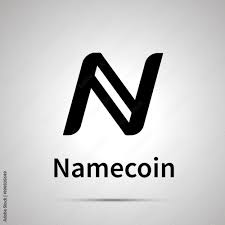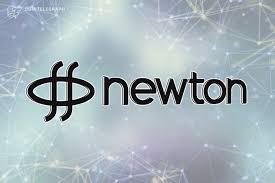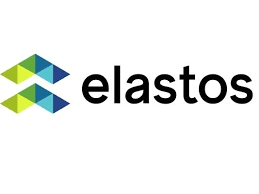An intriguing cryptocurrency called Monero (XMR) epitomizes what a real decentralized, and private cryptocurrency should be. It is one of the most widely used currencies for miners and the biggest privacy currency on the market. As a payment network that protects user privacy and offers anonymity to users by preventing sender and recipient tracing or tracking of transactions, Monero was introduced in 2014.

Monero mining
Every transaction has to be validated by a miner, who is compensated with Monero XMR coins for completing the job. If the miner successfully validates a transaction, it will be recorded and its details incorporated into a recently created block, giving rise to the term “blockchain.” The Proof-of-Work (PoW) consensus mechanism is employed to generate these new blocks. Transactions are validated by miners, who install and use computer GPUs, CPUs, and Monero mining software to solve challenging cryptographic challenges.
Mining profitability
Mining for Monero may be lucrative. Before deciding if mining will be successful for your situation, several elements need to be taken into account. Solo mining is a lottery-style game of chance that miners prefer to play because it may be profitable if you successfully mine a block. The majority of miners will choose to join pools where the earnings are shared by many miners. As a consequence, each miner receives fewer incentives, but there is a greater chance of successfully mining blocks for more frequent payouts. Commencing in 2023, miners will receive a reward of 0.6 XMR for each block incorporated into the network; approximately one block is mined every 2 minutes. Presently, miners achieve an average daily profitability ranging from $0.45 to $1 per mining setup. However, these figures experience substantial fluctuations and are contingent upon the subsequent factors:
Exchanges with XMR listings
Many exchanges have delisted and no longer provide XMR to traders since regulators despise personal information and freedom. Without exchange listings, the cryptocurrency becomes untradeable, resulting in decreased demand and increased price risk, perhaps leading to a major decline or extended suppression. This could potentially lead to a considerable decline in the value of the coins possessed by miners over time. Investors display hesitance in understanding the process of obtaining Monero, and their reluctance to purchase stems from concerns about the ability to subsequently sell it. Consequently, the accessibility of buying and selling Monero is progressively diminishing.
Payouts per block
The quantity of prizes that may be obtained from each block is another crucial factor. The rewards per block, hashrate, difficulty, and profitability of various currencies that may be mined can all be seen on websites like Bitinfocharts.com.
Electricity
Due to inflation and the general rise in the cost of living in 2023, it will become more difficult for miners to locate where power is most affordable. Use a mining calculator to figure out the energy expenditures before starting a miner. The hashpower of your device and the cost of energy per KWh determine how much power is used while mining Monero. High hashrates can be produced by having more hashpower, however, this requires a lot of energy.
Machinery
The choice of mining equipment is crucial. Enhancing the energy efficiency of the hardware allows for increased hashpower utilization while consuming reduced energy. A higher hashrate corresponds to greater computational capability, facilitating the quicker resolution of cryptographic challenges of this nature. A GPU is used by some miners instead of a conventional PC or laptop for mining Monero.
Hashrate
The hashrate is an essential factor for miners to consider since it affects how many computations a mining equipment can complete. The likelihood that the device will successfully mine a block increases with hashrate. Hashrate serves as an additional indicator of the Monero network’s well-being. To execute a 51% attack and assume control over the blockchain, a miner would necessitate a minimum of 51% dominance over the network. Achieving this level of control becomes increasingly difficult as the overall hashrate of the network rises. Since 2020, the hashrate has varied within a healthy range of 1-3.5 GH/s.
Monitor growth
Watch the increase of Monero adoption throughout the world. Mining a useless token that no one wants or uses is pointless. Fortunately, Monero adoption has grown steadily since its launch and, according to Messari, it is now the top privacy currency and the sixth-ranked coin among transactional cryptocurrencies.
Mining difficulty
The expression “mining trouble” portrays how challenging a block will be to identify and solve. The number of miners will rise alongside the complex level of mining. How complex mining shows the typical quantity of times a miner must compute a hash function to locate the block. The hashrate and mining complexity are connected over the course of time and change after some time. The complexity of mining ascends as the number of miners does, and falls as their number rises. Since difficulty and hashrate are firmly associated, the time it takes to find a block might be determined by dividing network complexity by network hashrate.
You can also find these articles helpful
Bitcoin vs MonaCoin
History of Ethereum Classic
Everything you have to know about Bitso











